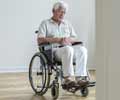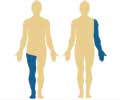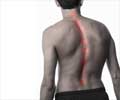Quality of cerebral palsy children's life can improve with surgery for scoliosis, sideways curvature of the spine, finds a new study.
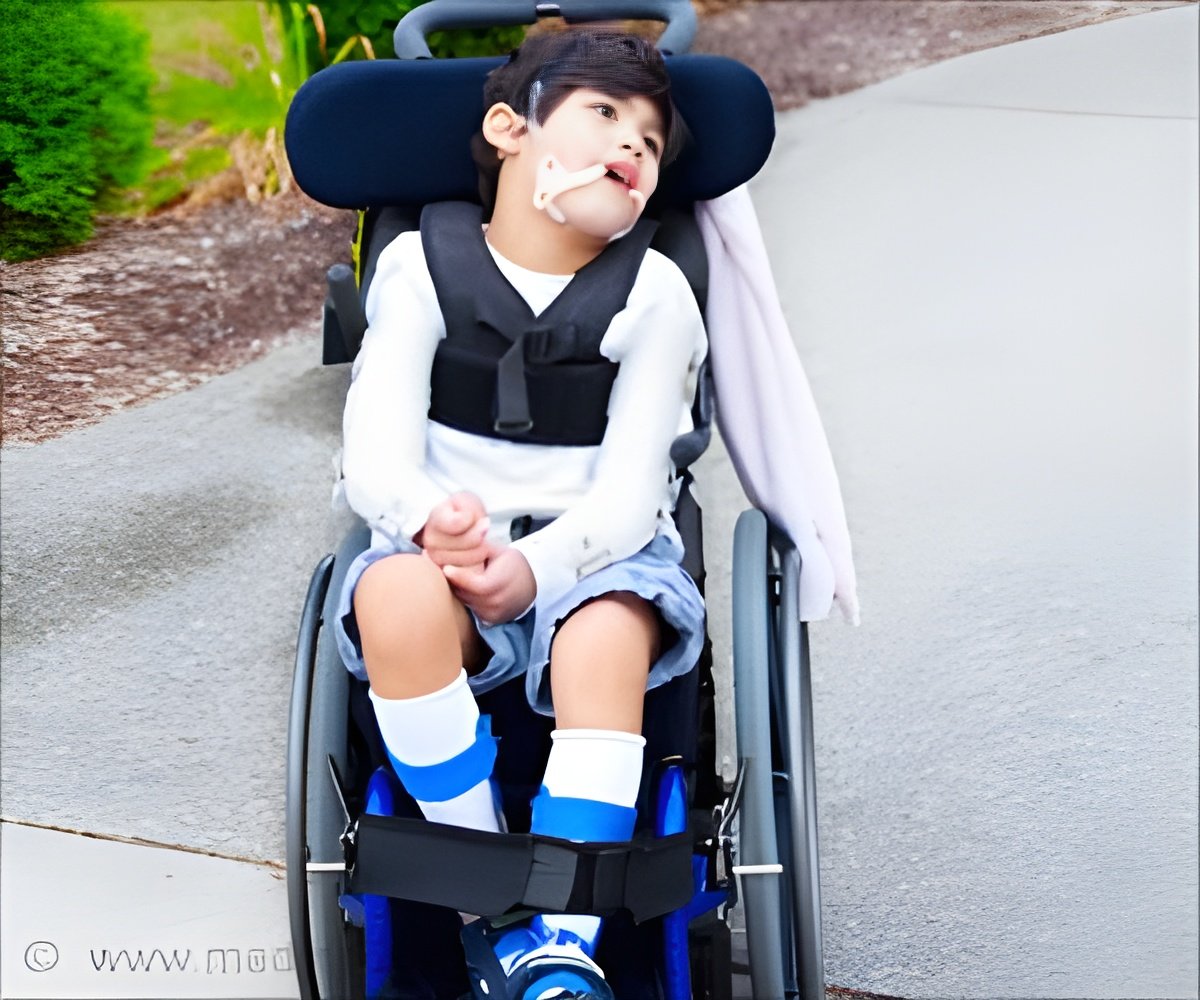
TOP INSIGHT
Scoliosis surgery can significantly reduce the spinal curvature and improve the ability of spinal function. Surgery for scoliosis in children with cerebral palsy can improve the quality of their life and life of their caregivers
The study included 69 children with CP who underwent " spinal fusion surgery for scoliosis between 2008 and 2011, identified from an international database. The children all had at least five years’ follow-up up data; average age at the time of scoliosis surgery was about 13 years.
All of the children were severely disabled due to CP: most were in level V of the standard five-level Gross Motor Function Classification System. Up to 35 percent of children in levels IV and V will develop progressive scoliosis that cannot be controlled by wearing a brace. The abnormal spinal curvature causes a wide range of problems, including inability to balance in a seated position, pain, and possibly long-term adverse effects on lung, heart, and gastrointestinal function.
Surgery may be performed to stop scoliosis progression. However, the true benefits of surgery in improving QoL are difficult to quantify in these complex cases. Dr. Miyanji and colleagues used a validated questionnaire specifically designed for evaluation of children with severe CP--the Caregiver Priorities and Child Health Index of Life with Disabilities, or "CPCHILD"--to assess the impact of scoliosis surgery at one, two, and five years postoperatively.
Scoliosis surgery significantly reduced the spinal curvature. On a standard x-ray measurement (Cobb angle), the curve was reduced from the severe to the mild-to-moderate range, on average. The improvement remained stable through two and five years after surgery.
Analysis of the CPCHILD scores showed improvements QoL for the patients with CP and their caregivers. In addition to improvement in the total CPCHILD score, there were improvements in the areas of personal care, positioning, and comfort. Overall, 92 percent of caregivers reported that their child’s QoL was better one year after scoliosis surgery. Like the x-ray improvements, the gains in QoL persisted throughout follow-up.
Surgery has been regarded as the standard of care for children with severe CP and scoliosis that cannot be controlled by bracing or seating modifications. However, the true benefits of scoliosis surgery--especially in terms of "patient-centered outcomes" important to the children and their caregivers--have been debated.
"I am pleased to see that the data could provide useful information which helps patients with CP and their parents make good decisions," comments Dr. Paul Sponseller, a coauthor of the study. "These families place an enormous amount of trust in our recommendations and this helps to give the advice a more solid basis, which they deserve."
Source-Eurekalert
 MEDINDIA
MEDINDIA

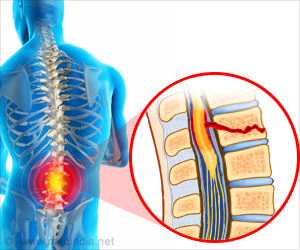


 Email
Email
